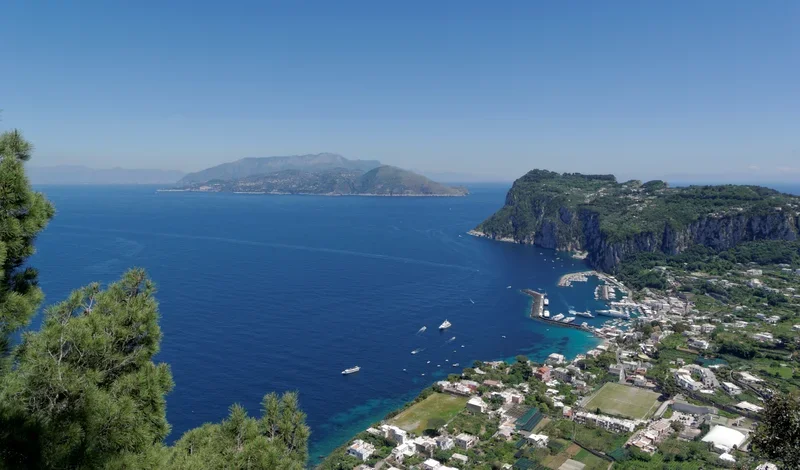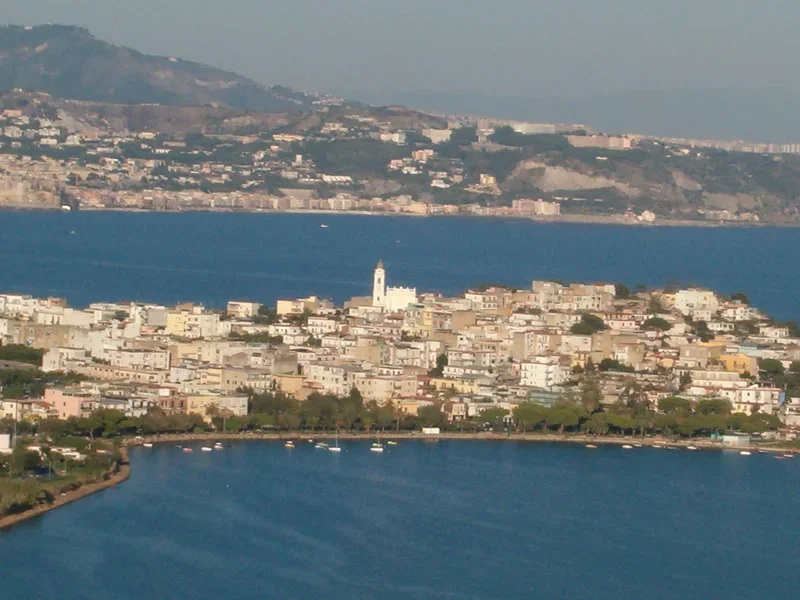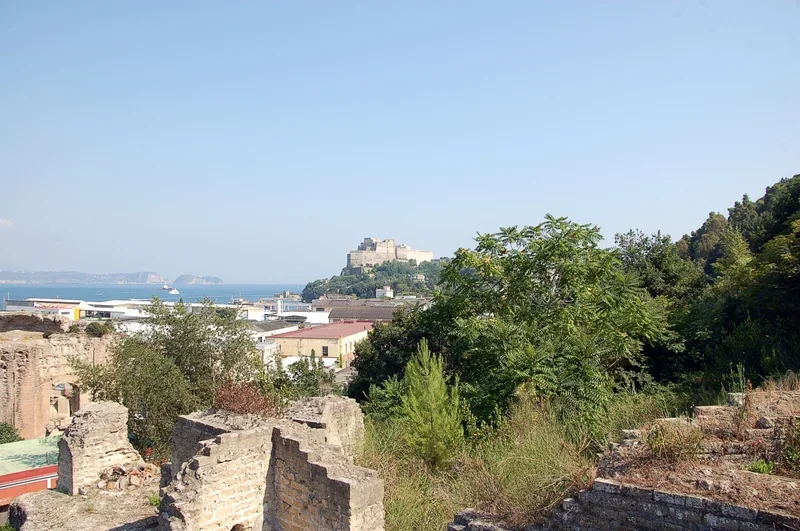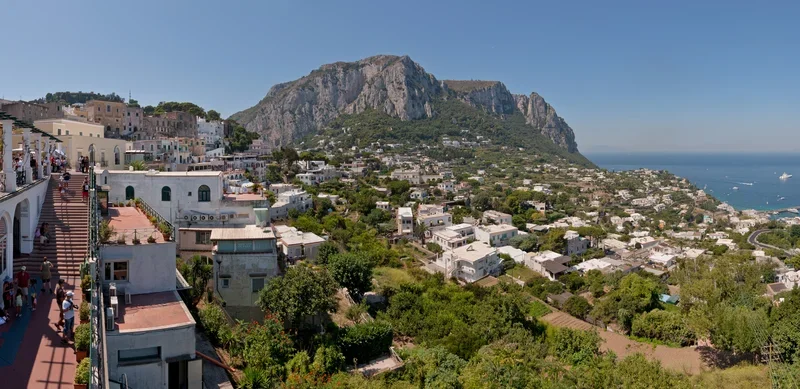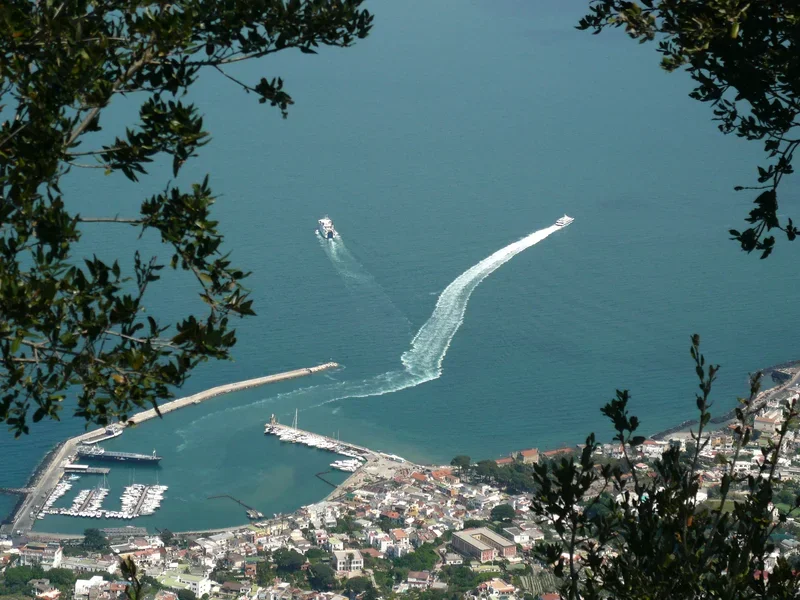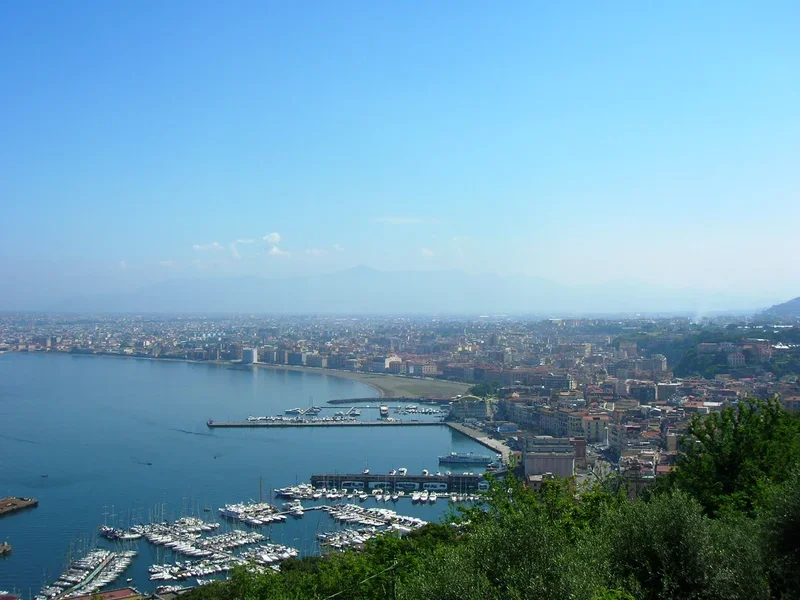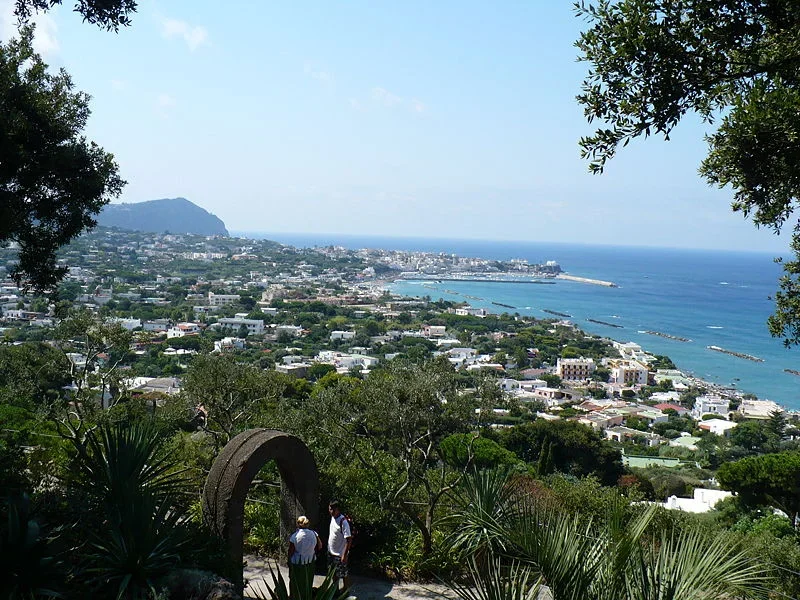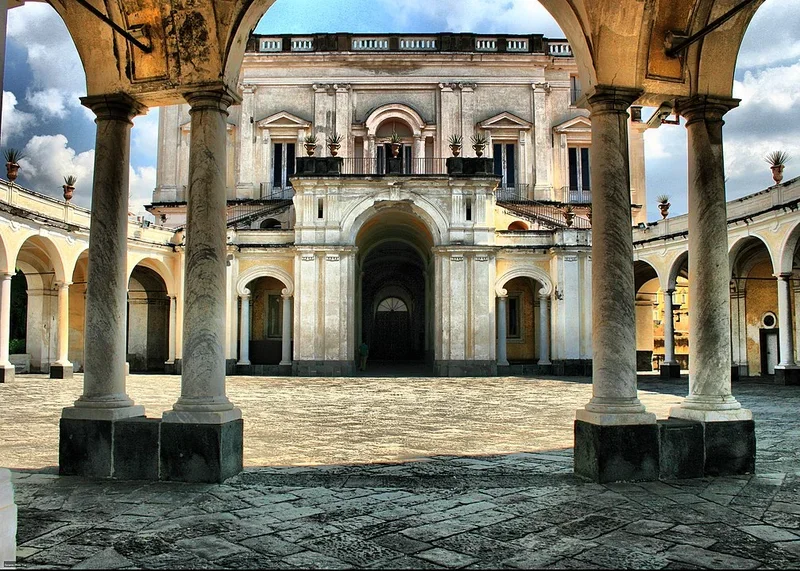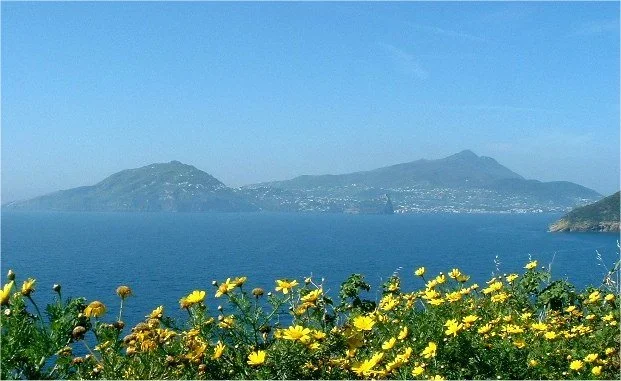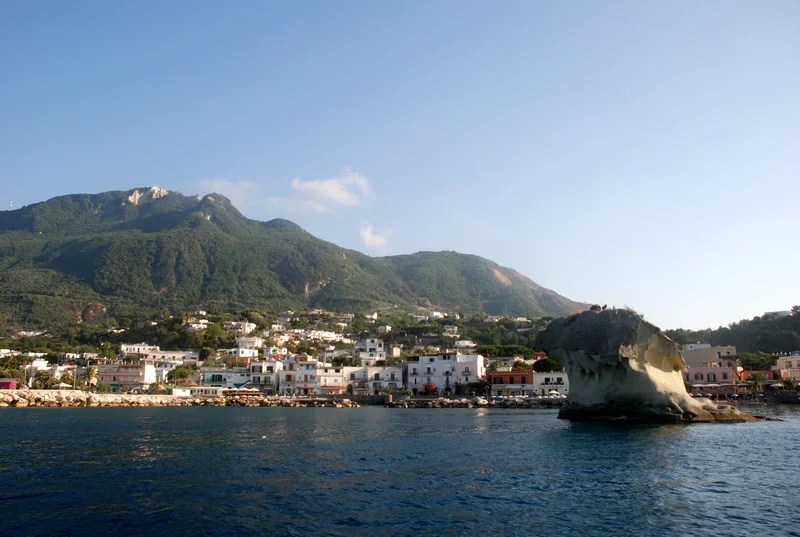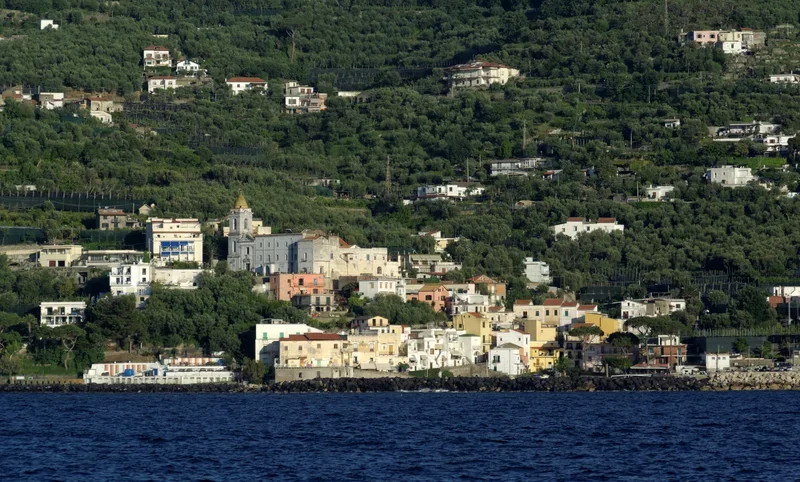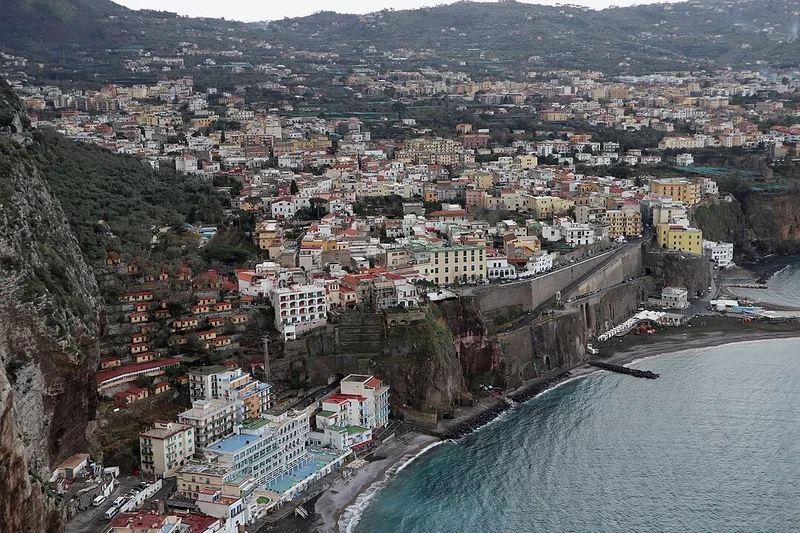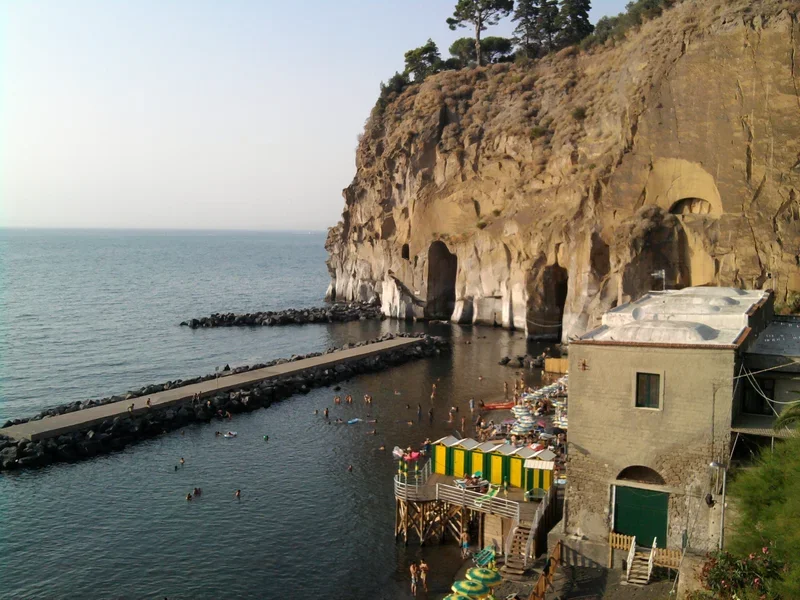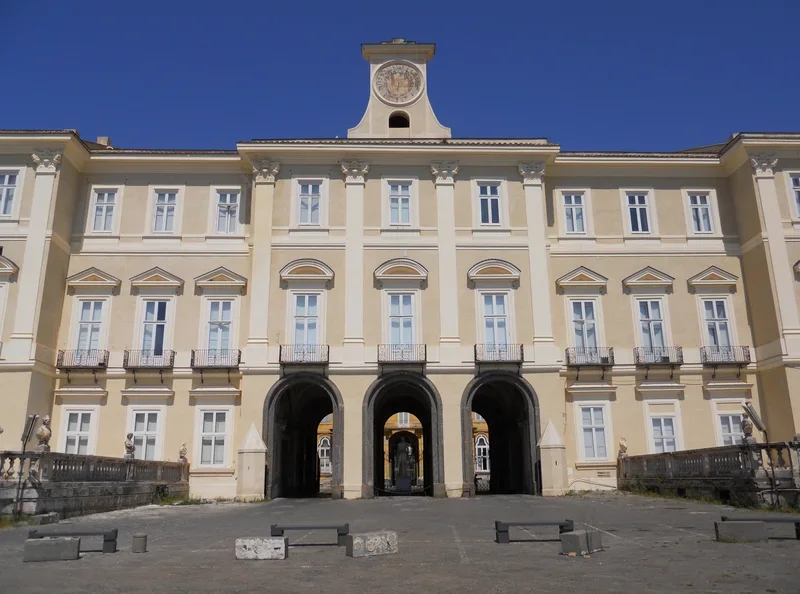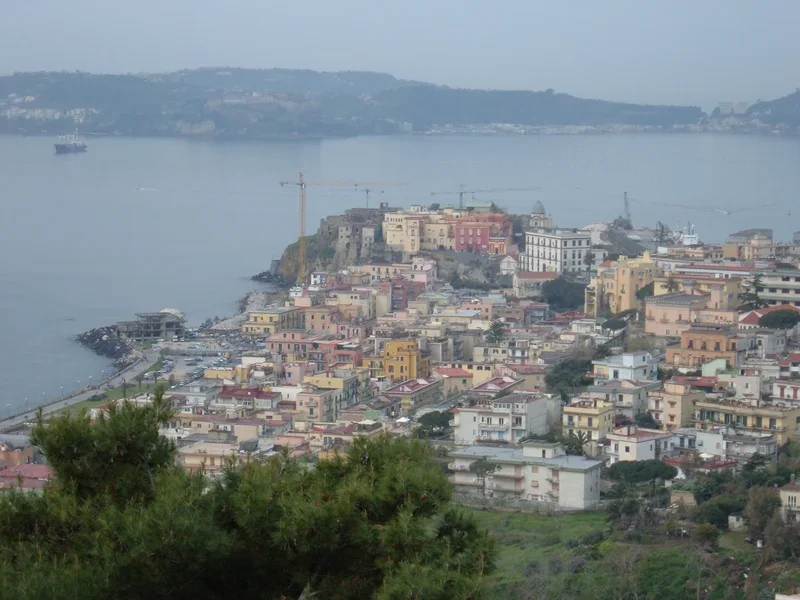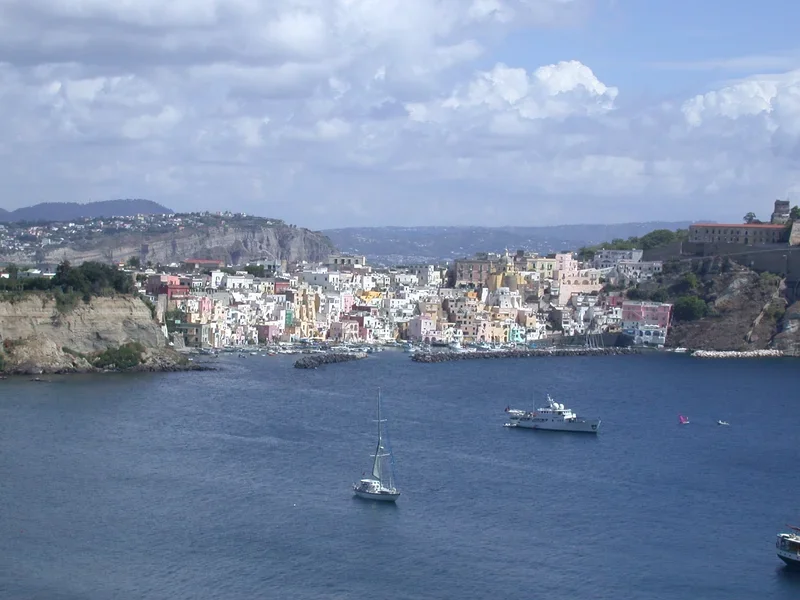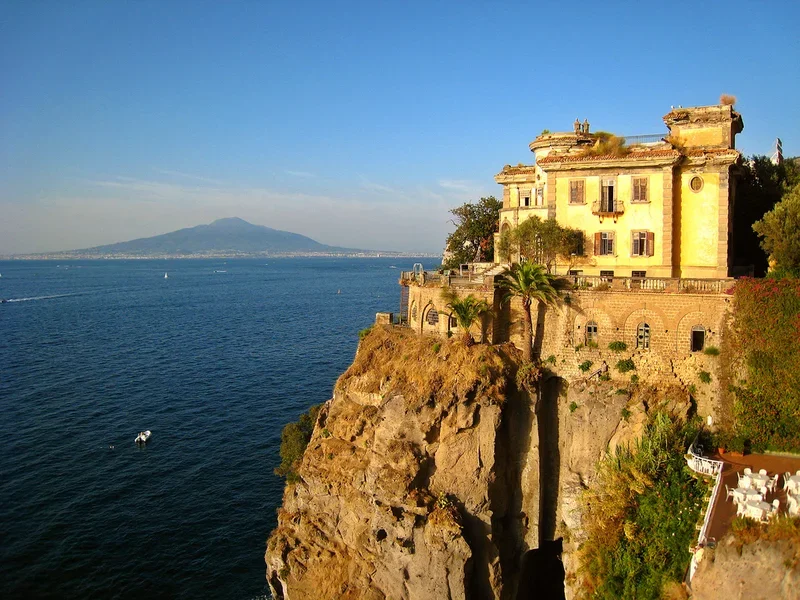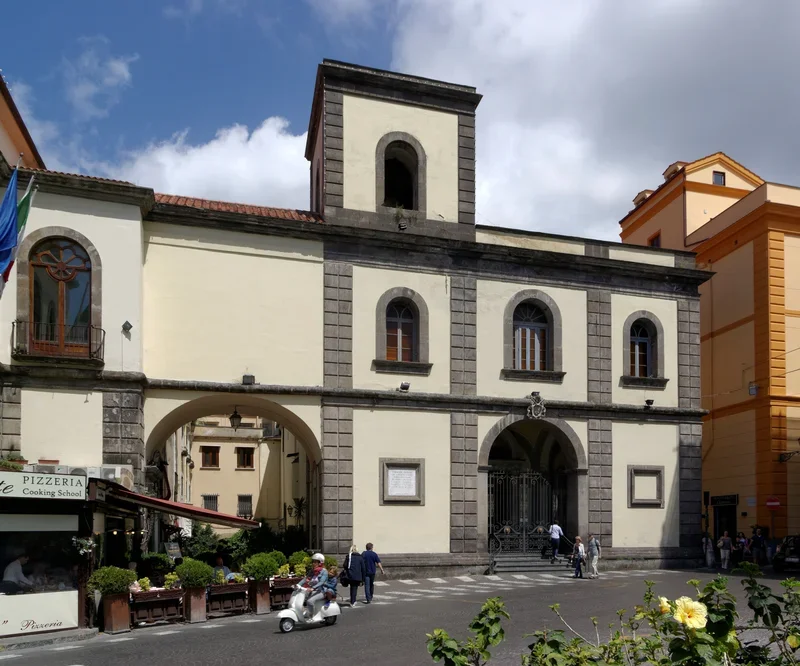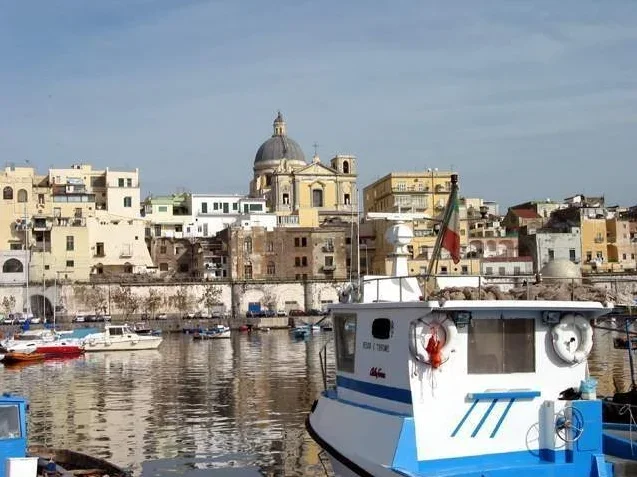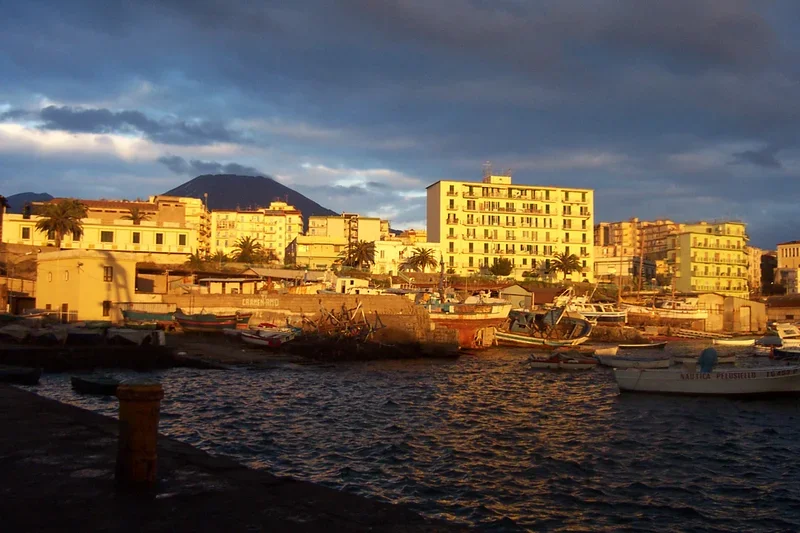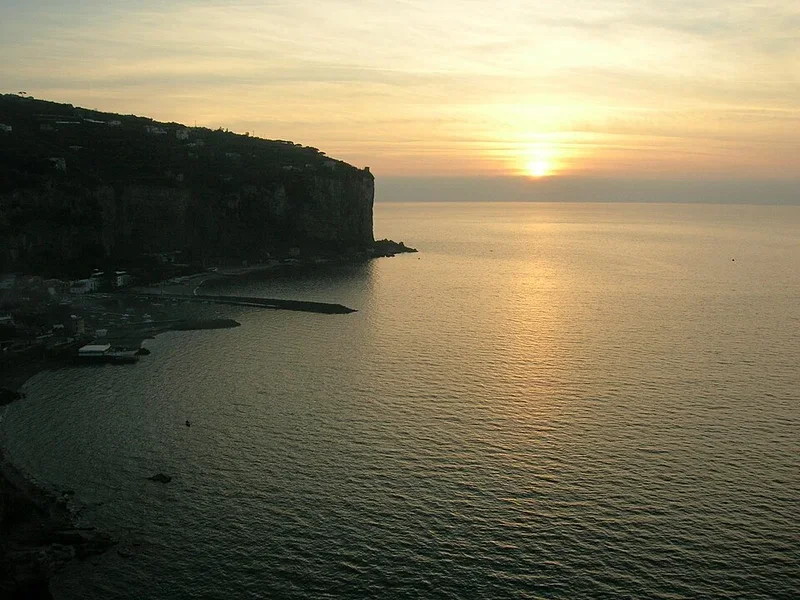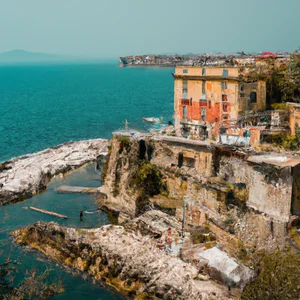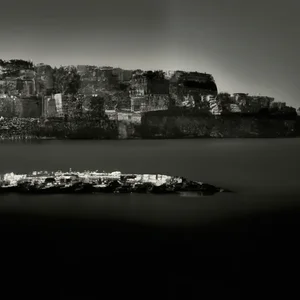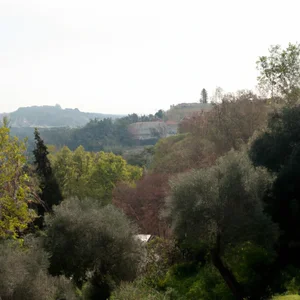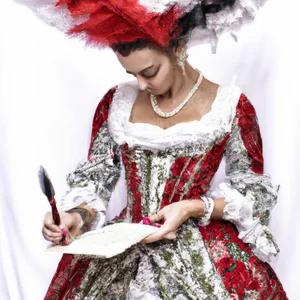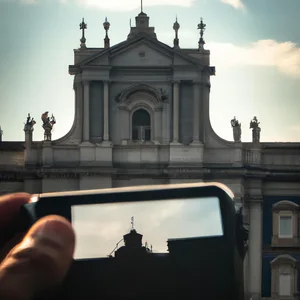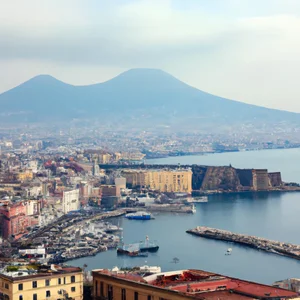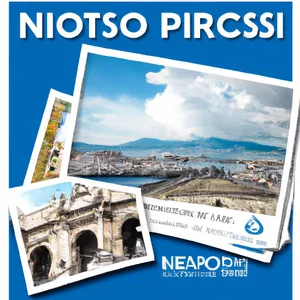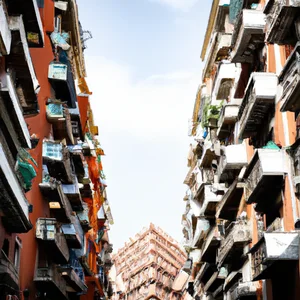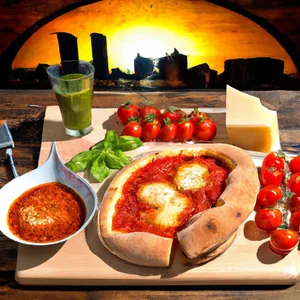Book your experience
Let's discover Nola and its surroundings: the wonders not to be missed during your visit to Naples
Nola, one of Campania’s hidden gems, is located a few kilometers from Naples and offers a fascinating mix of history, culture and traditions that make it an unmissable destination for those visiting the region. This city, with its ancient origins dating back to Roman times, is a place where the past and present intertwine, offering visitors the opportunity to discover an artistic and cultural heritage of extraordinary importance. From archaeological wonders to traditional celebrations, Nola has something to offer everyone, whether you’re a history buff, a lover of good food or simply looking to relax.
In this article, we will explore ten unmissable experiences that Nola and its surroundings have to offer. We will begin our journey with a visit to the Historical Archaeological Museum of Nola, where you can immerse yourself in local history through fascinating finds. We will continue with the discovery of the Basilica Complex of Cimitile, an important site of Christian worship, and we will get lost in the streets of the Historic Center of Nola, rich in history and charm. We will admire the beauty of the Nola Cathedral and venture into the Prehistoric Village, a journey through time that will take us back millennia.
There will be moments of celebration, such as the famous Festa dei Gigli, a celebration that attracts visitors from all over, and opportunities for exploration in the Vesuvius National Park, where nature reigns supreme. The typical Nolese cuisine will be another strong point, offering you traditional dishes to enjoy with pleasure. Finally, we will relax at the Terme di Baia and discover the Cicala Castle, an impressive testimony to the medieval past of the area. Get ready to discover Nola and its surroundings, an unforgettable journey that will enrich your Neapolitan experience.
Visit to the Historical Archaeological Museum of Nola
Description:
The Historical Archaeological Museum of Nola is an essential stop for art and history lovers. Located in the heart of the city, the museum houses a vast collection of archaeological finds that tell the ancient history of Nola and its surroundings.What to see:
Inside the museum it is possible to admire finds dating back to the Roman, Greek and Etruscan era, including statues, mosaics, ceramics and objects of everyday life. Among the main attractions is the famous stele of Nola, an important testimony to Greek funerary art.Times and useful information:
The Historical Archaeological Museum of Nola is open every day, except Monday, from 9:00 to 18:00. The cost of the entrance ticket is usually very affordable and allows access to all the exhibition rooms of the museum. It is advisable to book your visit in advance, especially during peak tourist periods.Tips for visiting:
During your visit to the Historical Archaeological Museum of Nola, it is advisable to dedicate at least a couple of hours to calmly admire all the works on display and read the information regarding each find. It is also advisable to have a tourist guide or use the available audio guide, in order to deepen your historical knowledge of the exhibits on display.In conclusion, the visit to the Historical Archaeological Museum of Nola is a cultural and educational experience that allows visitors to immerse themselves in the thousand-year history of this fascinating Campania city.
Explore the Basilica Complex of Cimitile
The Basilica Complex of Cimitile
The Basilica Complex of Cimitile, located in the municipality of Nola, is one of the most important archaeological sites in the region. This basilica complex is made up of several churches and basilicas dating back to the early Christian and Byzantine eras.
One of the main points of interest of the Basilica Complex of Cimitile is the Basilica of the SS. Martyrs Stephen and Festus, dating back to the 4th century AD. and considered one of the oldest Christian churches in Campania. Inside the basilica there are frescoes and mosaics of great artistic and historical value.
Another important church within the complex is the Basilica della SS. Maria Maggiore, built in the 8th century AD. and characterized by a suggestive cloister and a Romanesque bell tower. This basilica is famous for its medieval frescoes and for the underground crypt where the relics of the martyrs Stephen and Festus are kept.
The Basilica Complex of Cimitile is a place of great historical and religious interest, which offers visitors the opportunity to immerse themselves in the thousand-year history of Christianity in Campania. Guided tours are available for those who wish to learn more about this extraordinary site.
Walk through the historic center of Nola
Description
The historic center of Nola is a real jewel rich in history and tradition. Located in the province of Naples, this city boasts a cultural and artistic heritage of considerable importance. A walk in the Historic Center will allow you to completely immerse yourself in the unique atmosphere of this ancient city.
What to see
During your walk in the historic center of Nola you will be able to admire splendid historic buildings, ancient churches and suggestive squares. Among the main monuments not to be missed are the Church of San Paolo Maggiore, the Palazzo Ducale and the Fontana del Nocciolo. Every corner of this city tells a fascinating story that will take you back in time.
What to do
In addition to admiring the architecture and historical monuments, you can also dedicate yourself to shopping in the numerous artisan shops in the historic centre. Here you will find typical local products, such as ceramics, fabrics and handmade wooden objects. Furthermore, don't miss the opportunity to taste the delicacies of Nola cuisine at the restaurants and trattorias in the centre.
A walk in the historic center of Nola is an experience that will allow you to discover the true soul of this city, made up of centuries-old traditions and warm hospitality. Don't miss the opportunity to visit this unique and fascinating place during your trip to Naples.
Admire the Cathedral of Nola
History and description
The Cathedral of Nola, dedicated to San Felice, is one of the main places of worship in the city and represents an important example of religious architecture in the Campania region. Built in the 12th century, the cathedral has been the subject of numerous interventions over the centuries, which have contributed to defining its current structure.
Architecture and style
The facade of the cathedral is characterized by a Gothic portal, surmounted by a rose window, and two lateral bell towers. The interior, with three naves, preserves numerous works of art of great value, including paintings, statues and sacred furnishings. Among the most significant works is the Cathedral Treasury, which includes relics and liturgical objects of great historical and artistic value.
Events and celebrations
The Cathedral of Nola is the place of important religious celebrations linked to the tradition of the city, such as the feast of San Felice, patron saint of Nola, which is held every year on 14 January. During this festival, the statue of the saint is carried in procession through the streets of the historic center, accompanied by fireworks and demonstrations of popular devotion.
Visit and useful information
The Cathedral of Nola is open to the public and offers the possibility of participating in Sunday mass and religious celebrations. To visit the cathedral it is advisable to dress appropriately and respectfully. It is also advisable to check the opening hours and any scheduled events before planning the visit.
Discover the Prehistoric Village of Nola
The Prehistoric Village of Nola is an archaeological site of great historical and cultural importance located in the city of Nola, in the province of Naples. This prehistoric village was discovered during archaeological excavations conducted in the area and offers visitors the opportunity to immerse themselves in the daily life of the ancient populations who inhabited the area thousands of years ago.
The Prehistoric Village of Nola is made up of a series of huts reconstructed according to archaeological findings, which allow visitors to have a precise idea of how daily life was organized in that period. The huts are made with traditional materials and techniques from the prehistoric era and are furnished with typical objects and tools of the time.
During the visit to the Prehistoric Village of Nola, visitors will have the opportunity to learn more about the habits, traditions and beliefs of the ancient populations who inhabited the area, thanks to the detailed explanations of the expert guides who accompany visitors along the route.
This unique experience allows you to completely immerse yourself in the history and culture of the area, offering an interesting and fascinating insight into the origins of human civilization. The Prehistoric Village of Nola is therefore an essential stop for all those who wish to deepen their knowledge of the past and discover the roots of our society.
Participate in the Lilies Festival
The Lilies Festival in Nola
The Lilies Festival is one of the oldest and most fascinating traditions of Nola, a city rich in history and culture. This festival, held every year in September, is dedicated to San Paolino, the patron saint of the city, and is celebrated with great fervor and devotion by residents and visitors.
The festival takes its name from the giant lilies, imposing wooden structures richly decorated with flowers and feathers, which are carried in procession through the streets of the city. These imposing structures, up to 25 meters high and weighing over 2 tons, are lifted and carried on the shoulders by bearers, called "paranza", who show great skill and coordination in maneuvering these heavy structures.
The lily procession is a true sight to behold, with the lilies moving nimbly through the streets, accompanied by the music and dancing of the bearers. During the festival there are also parades of historic carriages, fireworks shows and cultural events which make the atmosphere even more magical and engaging.
Participating in the Lilies Festival in Nola is a unique and unforgettable experience, which will allow you to immerse yourself in the tradition and culture of this fascinating city. Don't miss the opportunity to experience this exciting celebration and enjoy the hospitality and warm welcome of the Nolans.
Excursion to the Vesuvius National Park
The Vesuvius National Park
The Vesuvius National Park is one of the most famous national parks in Italy and is located in the Campania region, a few kilometers from Naples. The park was established in 1995 with the aim of protecting the territory around Vesuvius, one of the most dangerous volcanoes in the world, and promoting scientific research and the dissemination of volcanology.
Vesuvius is famous throughout the world for its eruption in 79 AD. which buried the Roman cities of Pompeii and Herculaneum under a blanket of ash and lapilli. Today the volcano is constantly monitored to prevent possible eruptions and protect the surrounding population.
An excursion to the Vesuvius National Park is a unique experience that will allow you to admire the volcano's crater up close, enjoy breathtaking views of the bay of Naples and the island of Capri, and immerse yourself in the uncontaminated nature of the park . During the excursion you will have the opportunity to trek along the paths of the park, visit the Vesuvius Museum to deepen your knowledge of the volcano and take part in guided tours with expert volcanologists.
To reach the Vesuvius National Park from Naples you can take a bus from Naples central station or rent a car and follow the signs for the road that leads to the volcano. I recommend you visit the park during spring or autumn, when the temperatures are milder and the vegetation is in bloom.
Taste the Typical Nolese Cuisine
The typical cuisine of Nola: a delight for the palate
Nolese cuisine is rich in tradition and authentic flavors that reflect the culture and history of the city. The typical dishes of Nola are prepared with high quality ingredients and follow recipes handed down from generation to generation. Among the most famous and appreciated dishes of the local culinary tradition are rustic pizza, pasta and beans, Nolan-style tripe, sausage and broccoli and Neapolitan pastiera.
Rustic pizza is a rustic and tasty dish made up of puff pastry filled with ricotta, salami, cheese and eggs. Pasta and beans is a warm and nutritious soup made with pasta and beans slowly cooked in a richly flavored broth. Tripe alla nolana is a dish with a strong and spicy flavor based on veal tripe cooked with tomato, onion, wine and chilli pepper. Sausage and broccoli is a traditional dish of Neapolitan poor cuisine, consisting of pork sausage and broccoli sautéed in a pan with garlic and chilli. Finally, the Neapolitan pastiera is a typical dessert of the Easter tradition, prepared with ricotta, cooked wheat, sugar and orange blossom flavouring.
To taste typical Nolese cuisine, we recommend visiting the restaurants and trattorias in the historic center, where you can savor traditional dishes prepared with skill and passion. Don't miss the opportunity to taste the authentic flavors of Nola and discover the culinary richness of this fascinating city.
Visit to the Cicala Castle
The Cicala Castle: a historical testimony not to be missed
The Cicala Castle is one of the most fascinating attractions to visit in Nola, a town rich in history and tradition. Located on a hill overlooking the historic center, the castle offers a breathtaking view of the city and surrounding countryside.
Built in the 9th century, the Cicala Castle has undergone several transformations over the centuries, becoming today an important historical and cultural site. During the visit, it is possible to admire the imposing defensive walls, the medieval towers and the richly decorated interiors.
The castle is also home to exhibitions, cultural events and theatrical performances, which allow visitors to completely immerse themselves in the history and atmosphere of the place. Furthermore, some parts of the castle have been restored and opened to the public, allowing you to explore the evocative internal environments and admire ancient frescoes and period furnishings.
For lovers of history and architecture, a visit to the Cicala Castle is an unmissable experience during a stay in Nola. The local tour guide will be able to provide further details on the history and curiosities related to this fascinating building.

